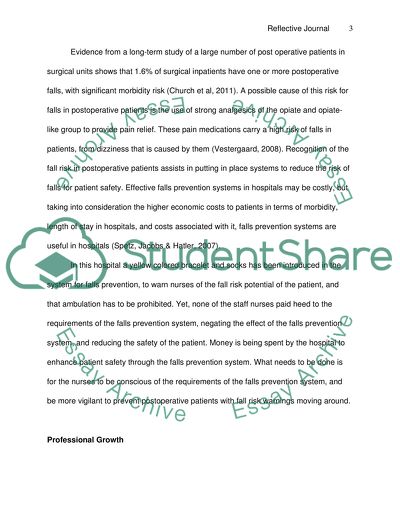Cite this document
(“Clinical Journal(s) X4 Research Paper Example | Topics and Well Written Essays - 3000 words”, n.d.)
Retrieved from https://studentshare.org/nursing/1395833-clinical-journals
Retrieved from https://studentshare.org/nursing/1395833-clinical-journals
(Clinical Journal(s) X4 Research Paper Example | Topics and Well Written Essays - 3000 Words)
https://studentshare.org/nursing/1395833-clinical-journals.
https://studentshare.org/nursing/1395833-clinical-journals.
“Clinical Journal(s) X4 Research Paper Example | Topics and Well Written Essays - 3000 Words”, n.d. https://studentshare.org/nursing/1395833-clinical-journals.


